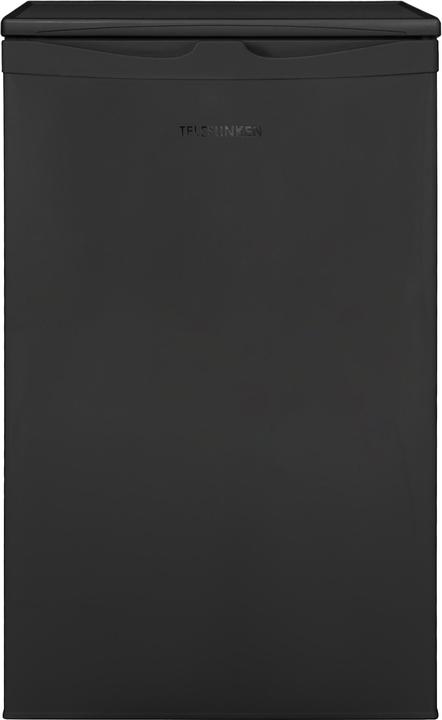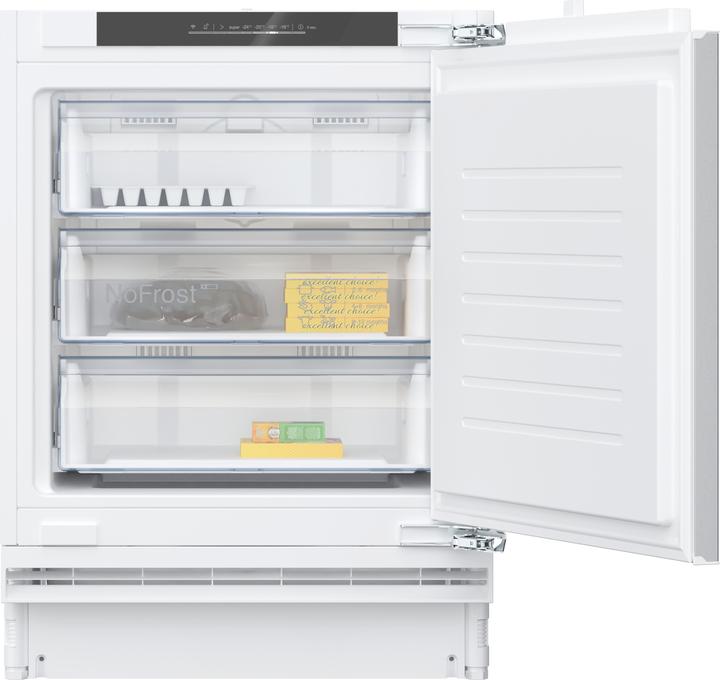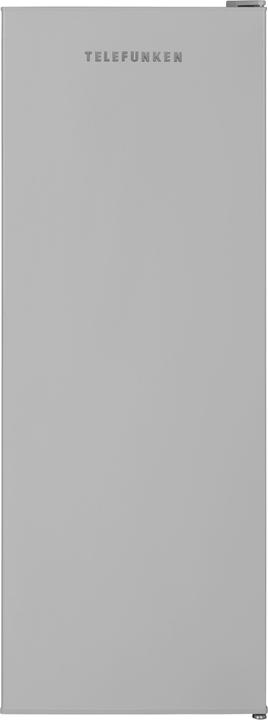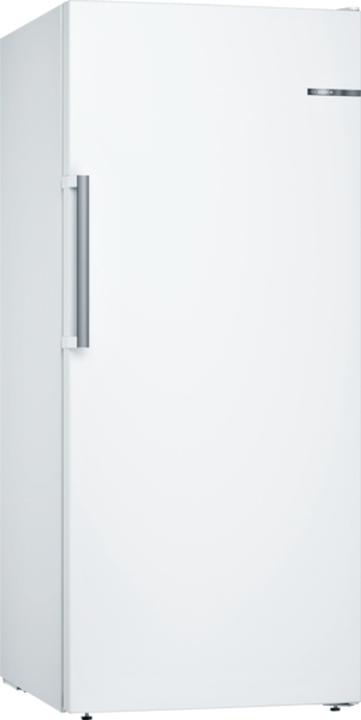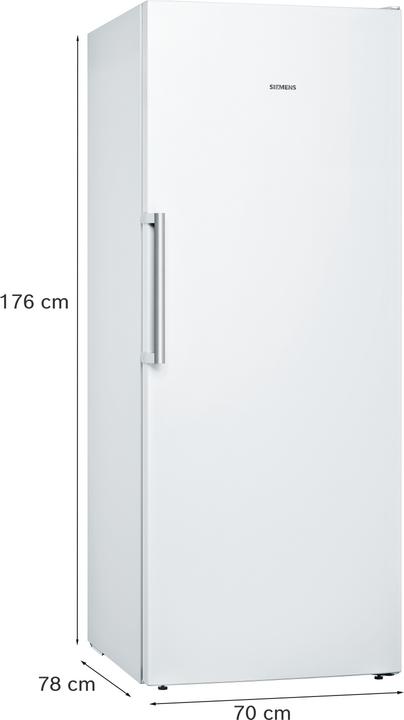
Too Many Freezers? Here's How to Choose the Right One
Consider these five key factors when selecting the perfect freezer for your needs.
Last updated 1 week ago. Automatically generated content.


Select options and limit the number of products
Freezer type determines the layout and accessibility of storage space, which influences how you organize and retrieve frozen items. Choosing the right type ensures convenience and efficiency in managing your frozen goods, impacting your overall kitchen experience.
Popular options (you can select more than one)
Upright freezer
Typical price
370,– to 840,–Features vertical shelves that provide easy access to all items without bending.
Ideal for kitchens with limited floor space, offering more organized storage and quick item retrieval.
Bestseller
Table freezer
Typical price
150,– to 640,–Compact design fits under counters or in small spaces, saving valuable floor area.
Perfect for small households or apartments, offering convenient access to frequently used frozen goods.
Bestseller
Total capacity refers to the amount of storage space available inside a freezer, influencing how much food and other items it can hold. Choosing the right capacity is crucial for meeting your storage needs, ensuring you have enough space for your groceries and can efficiently organize items.
Popular options
Up to 100 l
Typical price
240,– to 640,–Compact size suitable for small households or limited kitchen space.
Ideal for individuals or couples who need to store a moderate amount of frozen goods without taking up much room.
Bestseller
101 - 200 l
Typical price
340,– to 490,–Medium capacity offers a balance between space and size, accommodating family needs.
Great for small to medium-sized families, providing ample storage for weekly groceries and bulk items.
Bestseller
201 - 400 l
Typical price
550,– to 890,–Large capacity designed for extensive storage, suitable for larger households.
Perfect for those who frequently freeze large quantities of food, such as batch cooking or stocking up during sales.
Bestseller
Energy efficiency class measures how effectively a freezer uses electricity relative to its capacity, impacting both environmental footprint and operating costs. Choosing the right energy efficiency class can lead to significant savings on electricity bills and contribute to sustainable living.
Popular options (you can select more than one)
C
Typical price
400,– to 890,–Moderately efficient, suitable for average energy consumption needs.
Ideal for those balancing initial purchase cost with decent energy savings.
Bestseller
D
Typical price
490,– to 840,–Less efficient, leading to higher energy usage over time.
Best for users prioritizing upfront cost savings over long-term energy efficiency.
Bestseller
E
Typical price
290,– to 640,–Least efficient, resulting in higher electricity bills.
Recommended for occasional use or environments where energy costs are less critical.
Bestseller
Special features in freezers enhance their functionality and user convenience, potentially improving efficiency and ease of use. Selecting a freezer with the right special features can lead to better food preservation and reduced maintenance, enhancing the overall user experience.
Popular options (you can select more than one)
No Frost System
Typical price
610,– to 890,–Prevents ice build-up inside the freezer, eliminating the need for manual defrosting.
Ensures consistent temperature and air circulation, maintaining food quality and reducing maintenance hassle.
Bestseller
Automatic defrost
Typical price
420,– to 750,–Automatically removes frost build-up without user intervention.
Saves time and effort, ensuring the freezer operates efficiently and prolonging its lifespan.
Bestseller
Temperature alarm
Typical price
570,– to 890,–Alerts users when the freezer's temperature rises above a safe level.
Helps prevent food spoilage by ensuring immediate action can be taken to restore proper conditions.
Bestseller
Foodstuff preservation in case of breakdown refers to the freezer's ability to maintain safe temperatures during power outages, ensuring food remains fresh and safe for consumption. This factor is crucial for minimizing food waste and preventing spoilage, providing peace of mind during unexpected disruptions.
Popular options
Up to 12 h
Typical price
340,– to 710,–Keeps food at a safe temperature for up to 12 hours during a power outage.
Suitable for areas with reliable power supply and infrequent outages, offering brief preservation.
Bestseller
13 - 20 h
Typical price
210,– to 370,–Maintains food safety for 13 to 20 hours without power.
Ideal for regions prone to occasional outages, offering extended protection against spoilage.
Bestseller
21 - 30 h
Typical price
570,– to 840,–Ensures food remains fresh for 21 to 30 hours during power failures.
Recommended for areas with frequent outages, providing maximum preservation and security.
Bestseller

